Challenges Edmonton Faces with Tree Management
Reading time: 6 minutesThe urban forest in Edmonton is an integral part of city life, weaving nature into the daily urban experience. These green spaces not only add to the city's beauty but also improve air quality, reduce noise pollution, and provide essential habitats for wildlife.
However, managing this green canopy amidst the harsh, fluctuating climate and urban demands continues to be a challenge we at Green Drop live for.
Today, we explore the intricate hurdles that test our city's tree management efforts and discuss how municipal tree care services play a pivotal role in transforming these challenges into opportunities for growth and sustainability.
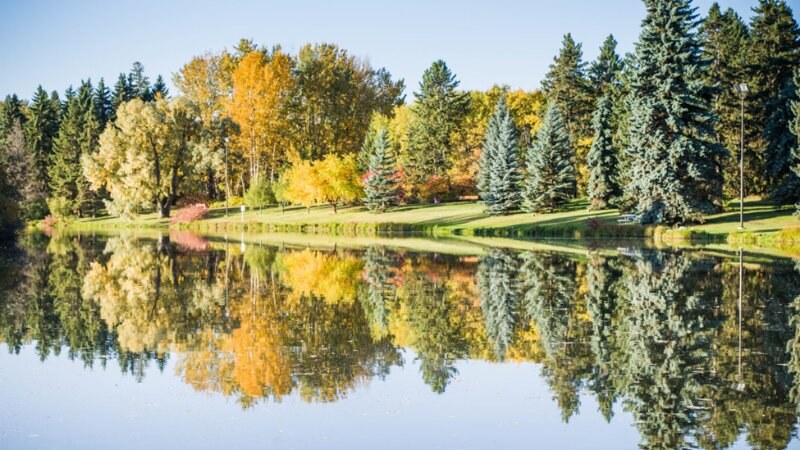
Major Challenges with Tree Management in Edmonton
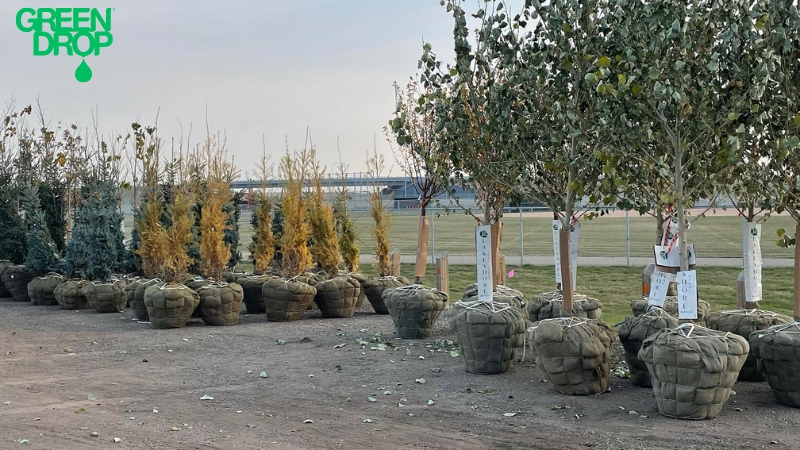
1. Diverse Climate Impact
Edmonton's climate is notably unpredictable, presenting a series of problems for urban forestry. Severe cold snaps followed by sudden warm periods can stress trees, particularly young or newly planted ones that haven't yet established robust root systems.
In summer, the city may experience heat waves that significantly dry out the soil, leaving trees vulnerable to heat stress and increasing their water needs substantially. These fluctuations demand a strategic approach to species selection and planting times to ensure sustainability.
2. Pest and Disease Management
The threats from pests and diseases like the Emerald Ash Borer, Dutch Elm Disease, Oak Wilt, and Oak Decline cannot be overstated. These invaders are notorious for destroying tree populations across Canada. Thankfully, Edmonton boasts one of the world's largest populations of uninfected American elms in the world.
That being said, we can never really underestimate the potential damage. The Emerald Ash Borer, for example, targets ash trees, which are prevalent in our urban canopy. Similarly, Dutch Elm Disease affects elm trees, compromising the health of these valuable city assets and necessitating proactive monitoring and management to mitigate spread and damage.
3. Ageing Tree Population
Many of Edmonton's trees are reaching the later stages of their life cycles. This synchronized ageing poses risks because older trees are more susceptible to disease, pest infestation, and environmental stressors.
This also forecasts a future where many trees might need removal at around the same time. Strategic replanting plans are essential to gradually introduce young trees into the ecosystem. It’s important to ensure continuity and canopy cover without sudden gaps.
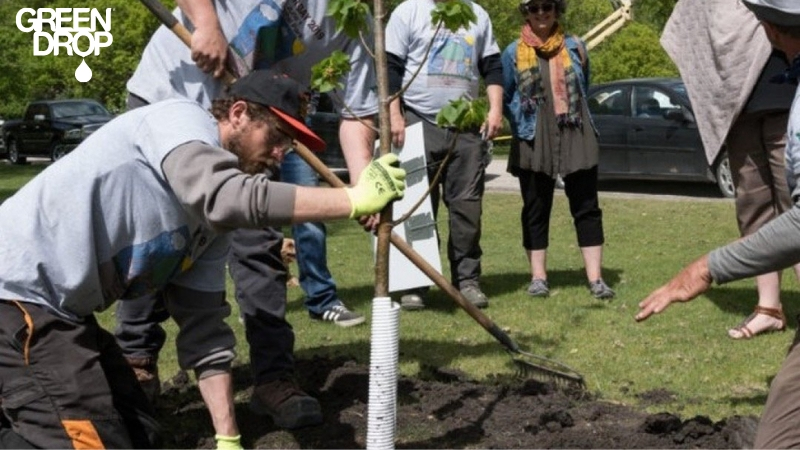
4. Water Management Issues
Effective water management is critical, especially as unpredictable weather patterns and periods of drought become more common. The challenge lies in ensuring that trees receive adequate hydration during dry spells without overtaxing the city’s water resources.
Techniques such as mulching, the use of water retainers, and selecting drought-resistant species can help maintain tree health during adverse conditions. They conserve water while still supporting urban greenery.
5. Limited Biodiversity
The limited diversity of species within Edmonton's urban forest compounds the risks associated with pests, diseases, and climate change. A canopy dominated by a few species is less resilient and more susceptible to being wiped out by a single pest or disease outbreak.
Increasing species diversity through thoughtful selection and planting of a broader range of suitable trees can enhance ecological resilience and promote a healthier, more stable urban forest.
6. Urban Development Pressure
As Edmonton continues to expand, urban development is reducing green spaces, potentially threatening existing trees and limiting opportunities for new plantings.
The encroachment of construction and infrastructure development often leads to root damage, soil compaction, and changes in local water drainage, all of which can adversely affect tree health and survival.
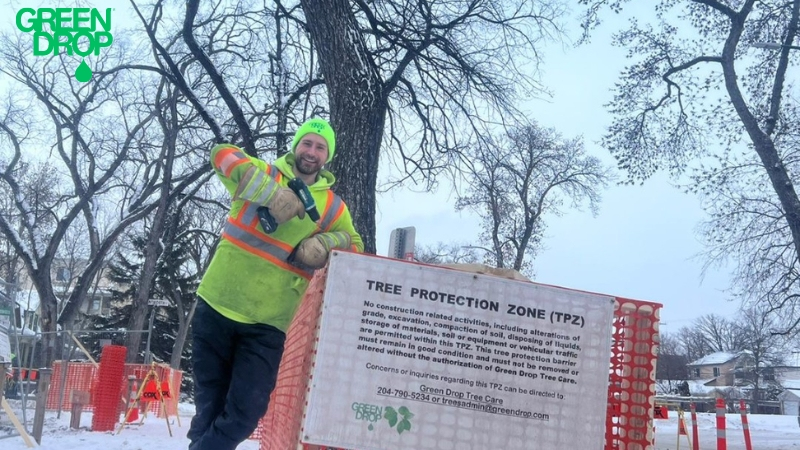
7. Inadequate Public Awareness and Engagement
Often, the success of urban forestry initiatives heavily relies on public support and participation. A lack of awareness among locals about the importance of trees in urban settings can lead to insufficient care, improper pruning, and damage from human activities.
Increasing educational outreach and engaging the community in tree planting and maintenance efforts are crucial for fostering a culture of stewardship.
8. Budget Constraints and Funding Fluctuations
The City of Edmonton has some ambitious plans to improve urban forestry (more on that later). Yet, these efforts are often hamstrung by resource and funding limitations.
Urban forestry is not just about planting trees but also maintaining them, which requires a consistent and adequately funded management program. Current funding has been keeping pace with the growing need for tree planting and care. However, that is not always the case.
Financial constraints can lead to delayed or insufficient maintenance, potentially exacerbating issues like the spread of disease or tree mortality.
9. Regulatory and Policy Challenges
Another critical area is the enforcement and updating of policies related to tree protection. Existing regulations do not provide adequate protection against the removal or damage of trees during construction activities.
Moreover, stronger enforcement of these policies is needed to prevent illegal cutting and ensure compliance with planting and maintenance requirements.
10. Climate Change Uncertainty
The impacts of climate change are always under the microscope and somewhat still unpredictable. Suffice it to say that they pose a significant long-term challenge for urban forestry.
Increasing temperatures, altered rain patterns, and the potential for more extreme weather events all require adaptive management strategies to ensure the resilience of the urban forest.
This may include selecting tree species that are more tolerant of changing climate conditions and implementing innovative practices to mitigate environmental stress.
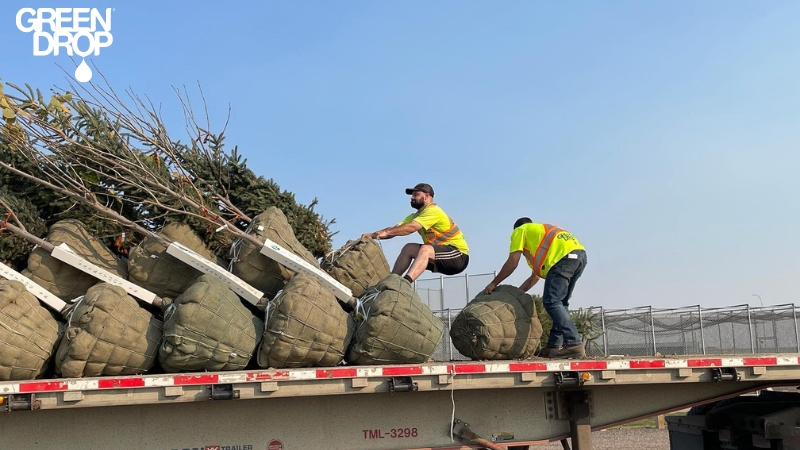
Municipal Efforts
Edmonton has recognized the importance of its urban forest and has taken various initiatives to enhance and protect this valuable resource. However, these efforts often encounter significant constraints due to limited resources and the need for more robust policies.
The cornerstone of Edmonton's commitment to its urban trees is the Urban Forest Management Plan (UFMP). This comprehensive strategy is designed to sustain and enhance the tree population across the city. It aims to increase tree canopy coverage, diversify species, and improve the overall health and longevity of trees.
The UFMP also focuses on public education and engagement, ensuring residents understand the value and needs of their urban forest. Initiatives like the Old Man Creek Nursery, which conducts tree hardiness trials, are part of this broad effort to adapt to climate changes and select species that can thrive in Edmonton’s evolving environmental conditions.
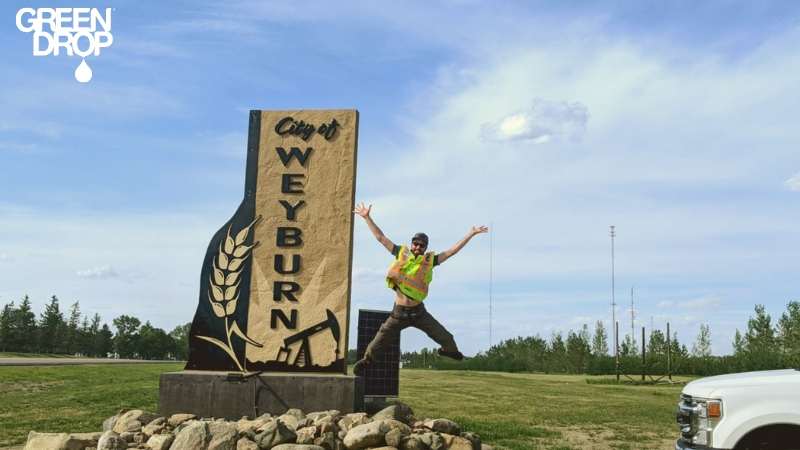
We were happy to be in Weyburn, helping their urban forest by creating an inventory of all public trees!
The Vital Role of Municipal Tree Services
Professional municipal tree services are pivotal in overcoming the challenges faced by Edmonton's urban forestry. With specialized expertise and advanced management practices, these services offer a comprehensive approach to tree care that is crucial for the city's green infrastructure.
Green Drop’s municipal tree care services are equipped to handle everything from routine maintenance to emergency tree care, ensuring that urban forests are not only preserved but also enhanced. Our team includes 19 ISA-certified arborists and 2 Master Arborists who bring a wealth of knowledge and skills to the table.
Our arborists are trained in the latest arboriculture techniques, from precision pruning to disease diagnosis and treatment, ensuring that trees remain healthy and robust.
Moreover, the expertise provided by these arborists allows for the implementation of advanced management practices that can effectively address specific challenges such as pest infestations, diverse climate impacts, and the complexities of water management.
Their insight is crucial in selecting the right tree species that will thrive in Edmonton’s unique environment, contributing to biodiversity and resilience against diseases.
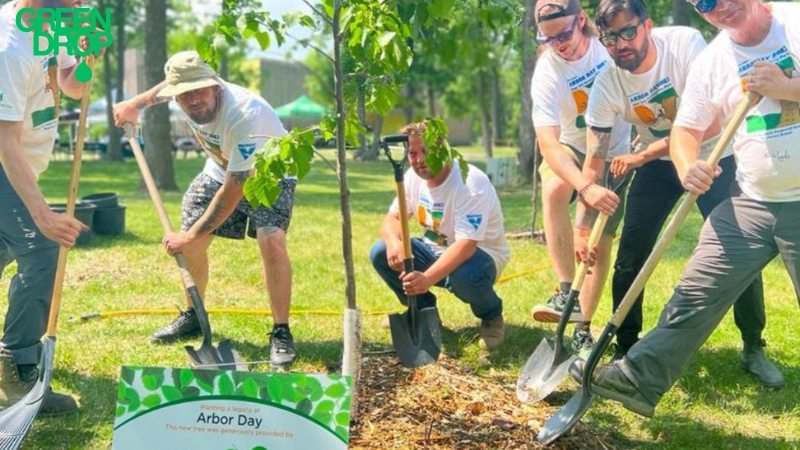
Partner with Green Drop for Premier Municipal Tree Services for Urban Forest Excellence
Municipalities play a crucial role in nurturing and managing urban forests effectively. We invite municipal leaders and urban planners to collaborate with Green Drop to address the unique challenges of urban tree care.
Book your free consultation today, and let’s cultivate a resilient and vibrant urban forest for future generations.
We provide municipal tree care services in Calgary, Edmonton, Red Deer, Saskatoon, Winnipeg, and Regina.

